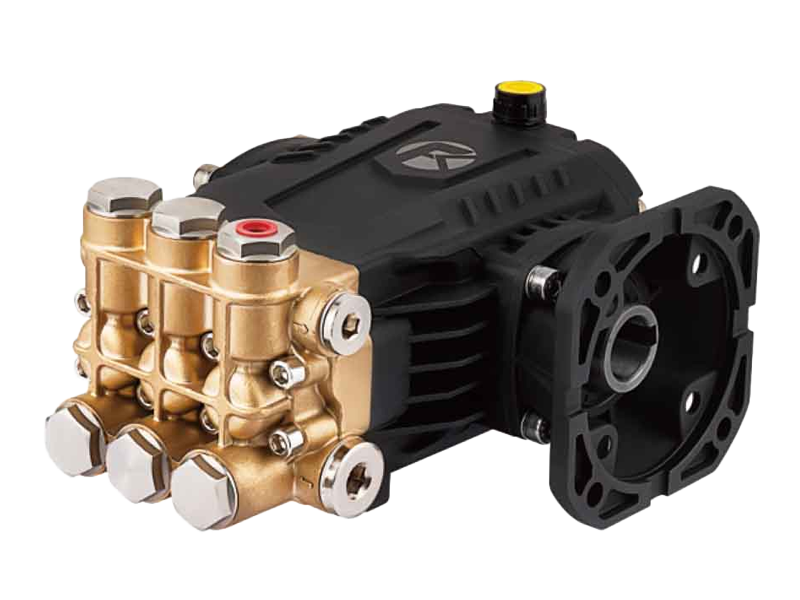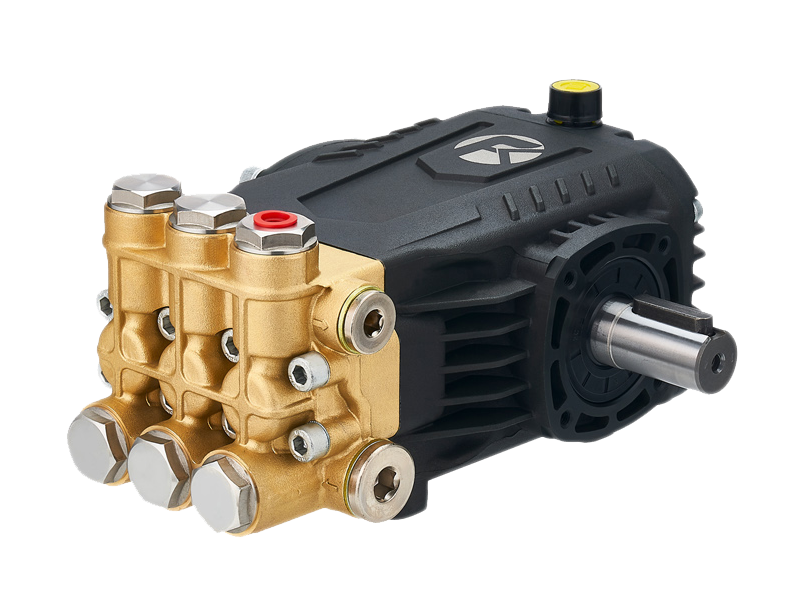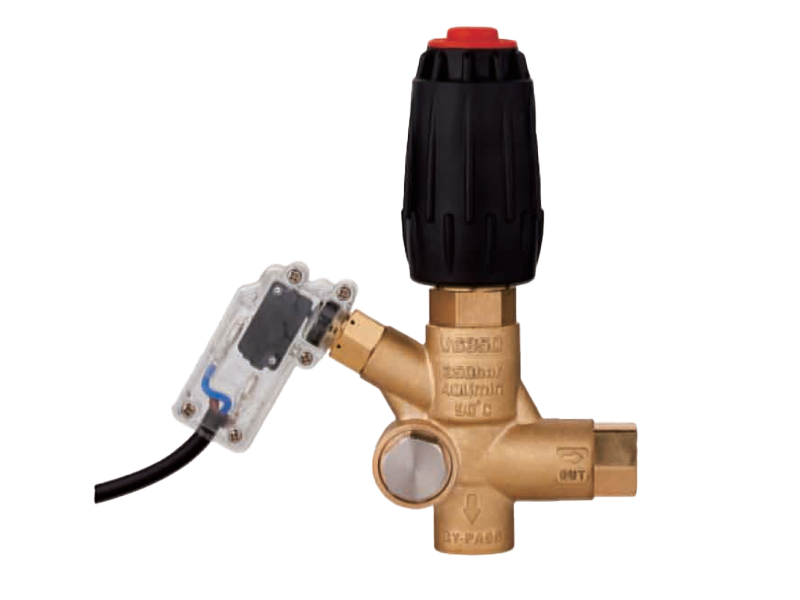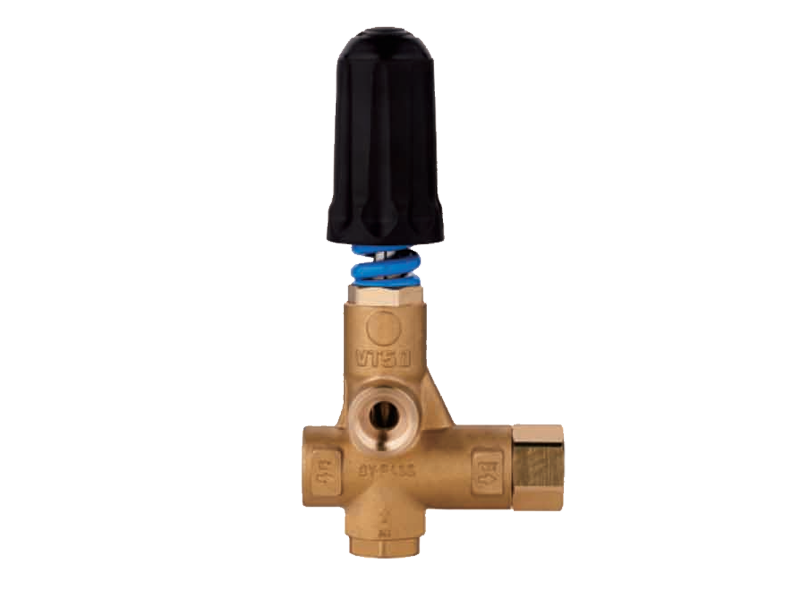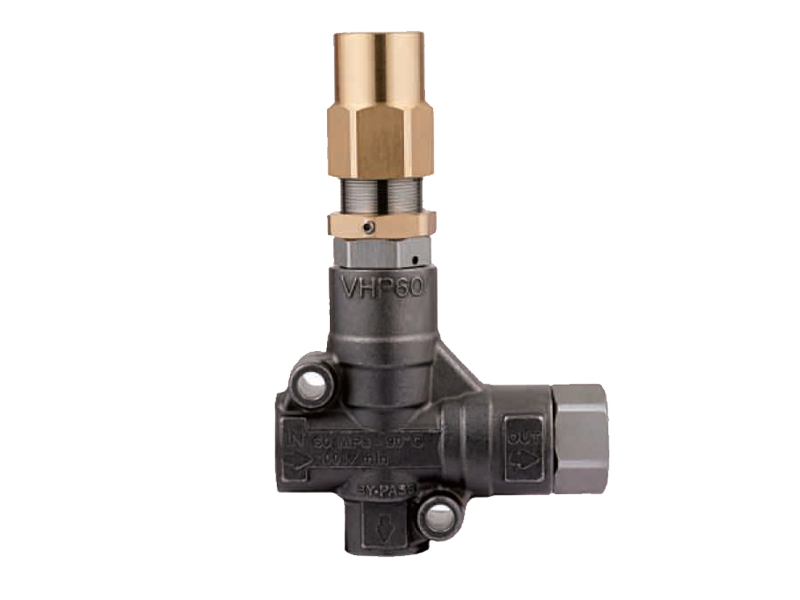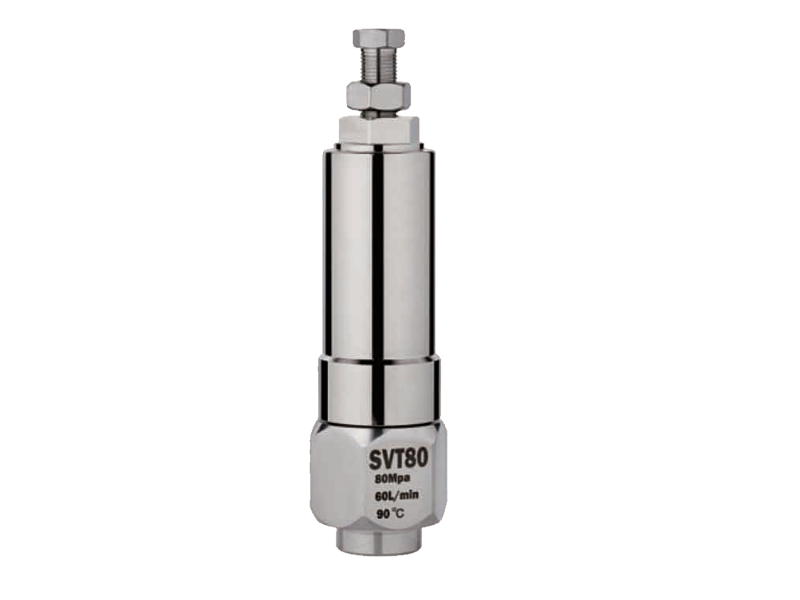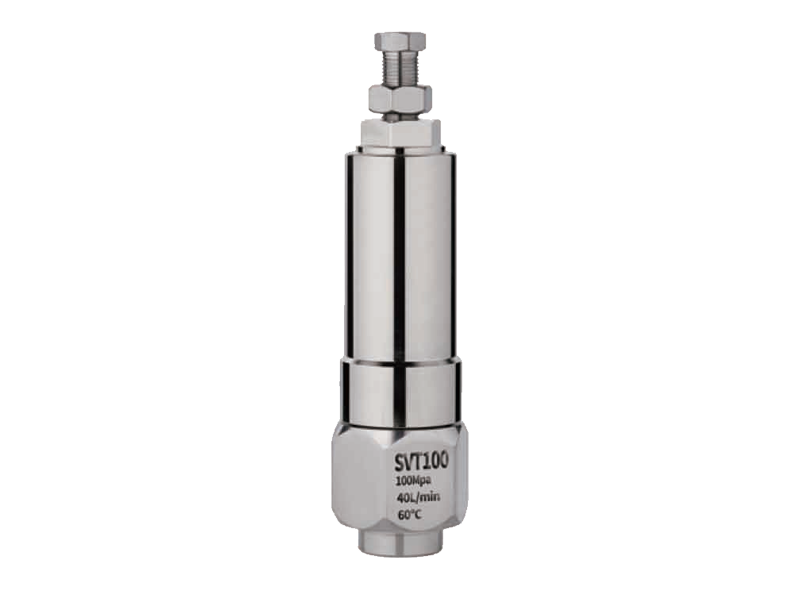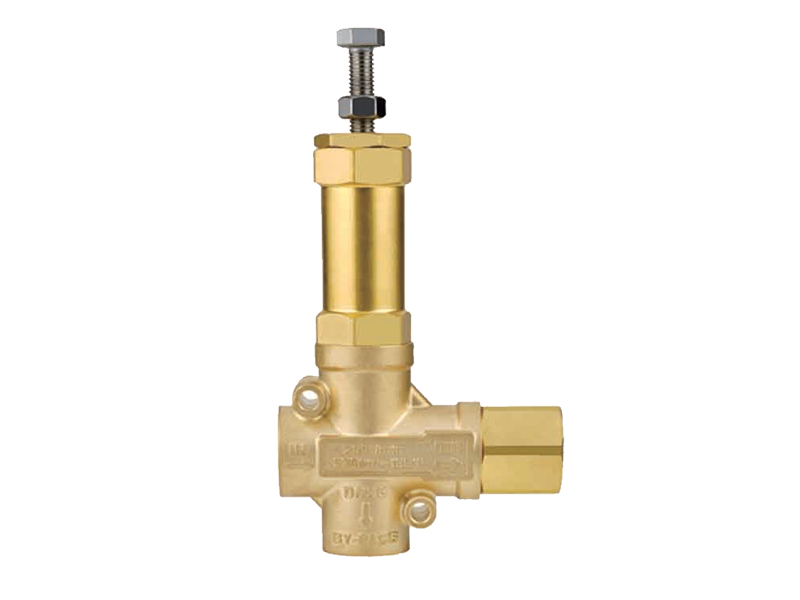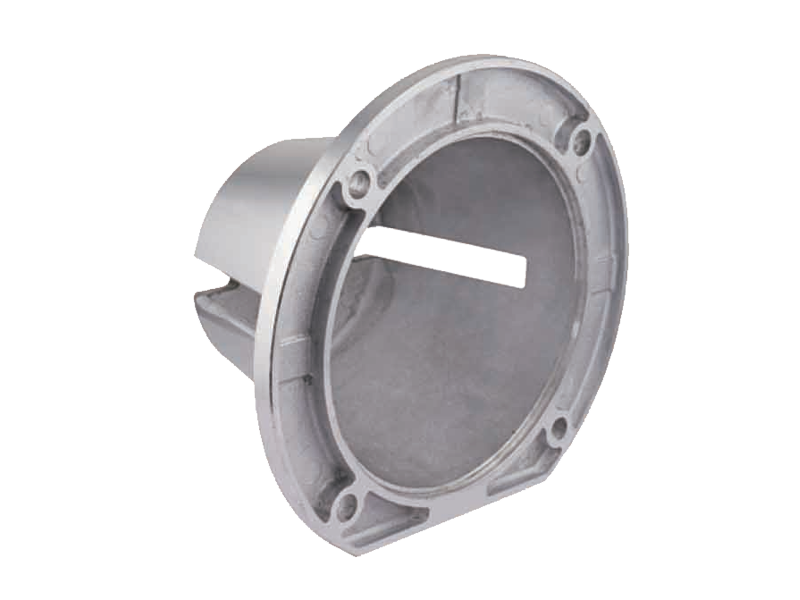How to Maintain High Pressure Plunger Pumps for Long-Term Performance?
High pressure plunger pumps are essential in various industrial applications, from water jet cutting to heavy-duty cleaning. These pumps, often referred to as water pressure plungers or plunger pressure pumps, are designed to deliver powerful, high-pressure streams of water. However, to ensure their long-term performance and reliability, proper maintenance is crucial. Here are some key steps to help you maintain your high pressure plunger pump effectively.
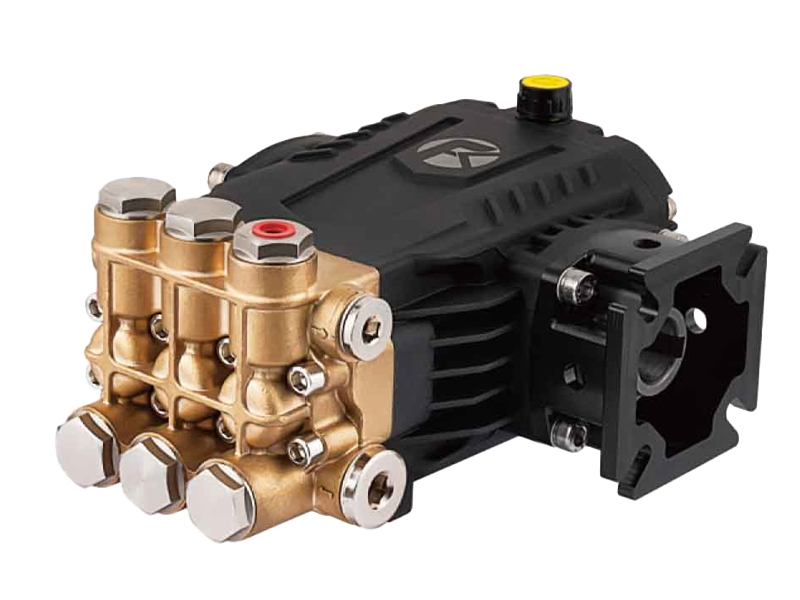
1. Daily Inspections
Starting with a daily checklist can significantly extend the life of your plunger pump. This routine inspection should cover all vital components, including the fluid system, pump, engine or motor, and hose assembly. For instance, check the water supply for leaks and ensure the filter is clean and free from debris. Inspect the pump for water leaks and verify that the oil level is correct and free from water contamination. A quick visual inspection of these components can help identify potential issues before they escalate.
2. Preventative Maintenance Schedule
Creating a preventative maintenance schedule is another critical step. This should include regular oil changes, typically after 50 hours of operation and then every 500 hours or three months, whichever comes first. Using the manufacturer's recommended oil is essential, as it has been specifically tested to work best with their pumps. Additionally, inspect the belts for proper tension and replace any worn or damaged components such as packings and valves.
3. Addressing Common Issues
Two common failure points in high pressure plunger pumps are lack of maintenance and poor inlet conditions. Neglecting regular maintenance, such as running the pump with low oil levels or damaged valve seat O-rings, can cause significant damage. Similarly, poor inlet conditions, like inadequate filtration or cavitation, can cause premature wear on the pump's plungers and valves. To avoid these issues, ensure that the inlet water is free from debris and that the filtration system is functioning correctly.
4. Winterization and Long-Term Storage
If your high pressure plunger pump will be stored for extended periods, especially in freezing conditions, proper winterization is crucial. Drain the pump and blow out the plumbing lines to prevent water from freezing and causing damage. Additionally, clean and inspect all components, including the valves and plungers, before storage. This ensures that the pump is ready for use when needed and reduces the risk of corrosion or damage.
5. Troubleshooting and Repairs
When issues arise, prompt troubleshooting and repair are essential. Common problems include low pressure, which could be due to worn seals or clogged filters. Addressing these issues quickly can prevent further damage to the pump. Manufacturers often provide troubleshooting guides that can help identify and resolve these problems. If you're unsure about a repair, consulting with a professional service team can save time and money in the long run.
6. Using Original Equipment Parts
Using original equipment manufacturer (OEM) parts is highly recommended. These parts are specifically designed for your plunger pump and can significantly extend its life. While aftermarket parts might seem like a cost-effective option, they may not offer the same level of quality and compatibility, potentially cause more frequent replacements and higher overall costs.
7. Regular Cleaning and Lubrication
Regular cleaning of the pump and its components is essential to prevent the buildup of debris and contaminants. This includes cleaning the filters, nozzles, and valves to ensure good performance. Additionally, ensure that all lubrication points are adequately lubricated to reduce wear and tear on moving parts.
8. Monitoring Operating Conditions
Keep an eye on the operating conditions of your plunger pump. Ensure that the water temperature is within the specified range, typically below 140°F, to avoid damaging the pump. Also, avoid running the pump dry or with insufficient inlet pressure, as this can cause cavitation and damage the internal components.
Maintaining a high pressure plunger pump involves a combination of regular inspections, preventative maintenance, prompt troubleshooting, and using the right parts. By following these steps, you can significantly extend the life of your pump and ensure it operates efficiently for years to come.


 English
English Español
Español русский
русский